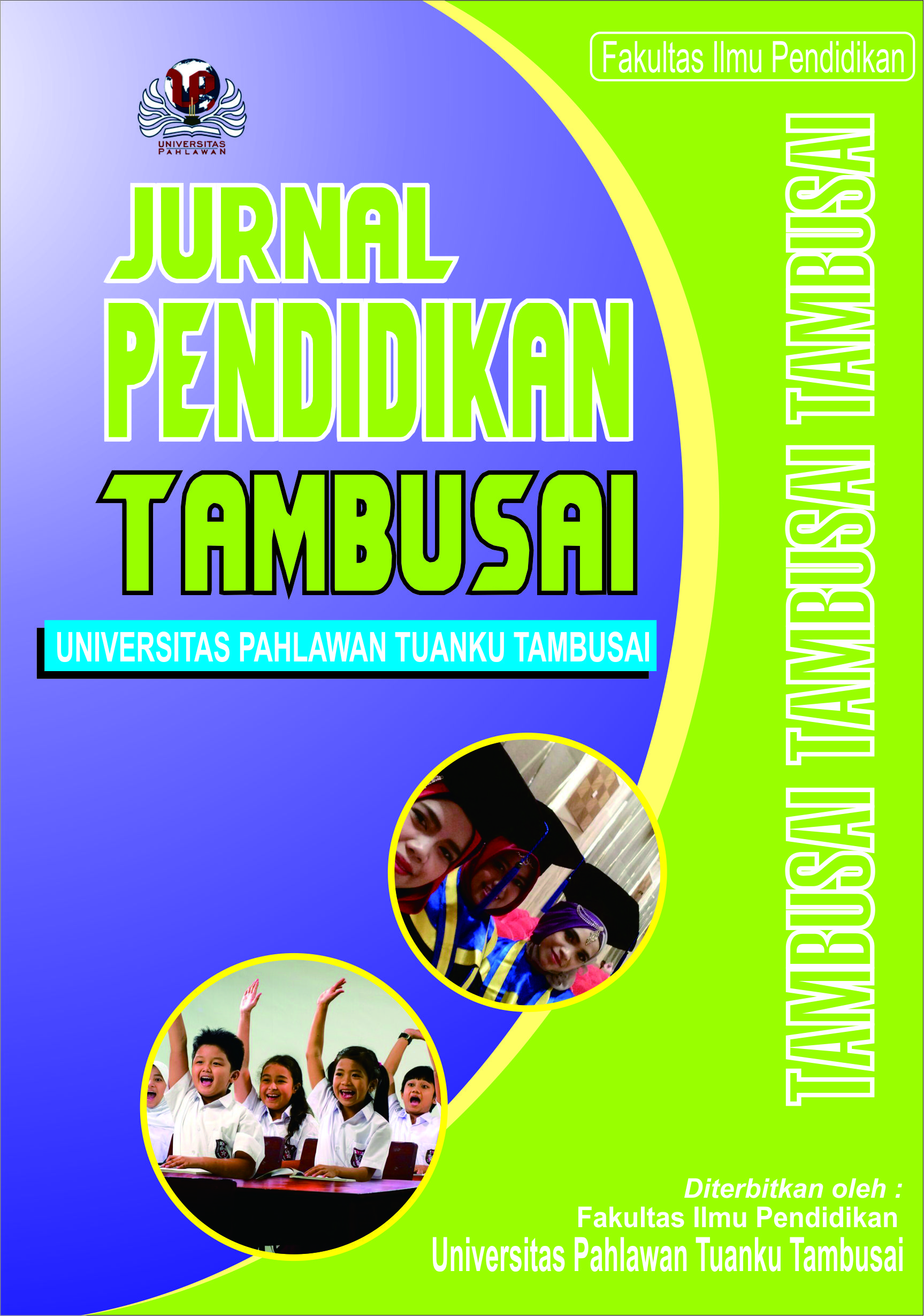Pengembagan Motorik Halus Anak Berbasis Behavioristik Melalui Metode Mind Mapping Bagi Guru-Guru PAUD
Keywords:
Stimulasi Motorik Halus, Behavioristik, Mind Mapping, Anak Usia DiniAbstract
Unit lembaga PAUD biasanya menggunakan Metode Mind Mapping untuk mengembangkan motorik halus pada anak. Metode ini memiliki banyak pilihan pembelajaran, tetapi tidak cukup guru untuk menggunakan semuanya. Artinya, beberapa aspek perkembangan tidak terstimulasi dengan baik. Untuk mengatasi masalah ini, unit-unit lembaga PAUD telah sepakat untuk memberikan pelatihan kepada para guru mereka agar mereka dapat menggunakan Metode Mind Mapping secara lebih efektif. Pelatihan ini akan mencakup pembelajaran bagaimana membuat modul yang akan merangsang berbagai aspek perkembangan pada anak. Kegiatan ini memiliki beberapa tahapan antara lain : (1) pembuatan Modul dalam menstimulasi motorik halus anak melalui Mind Mapping, dan (2) Melaksanakan Praktek Stimulasi motorik halus anak melalui Mind Mapping bagi Guru-Guru PAUD.
Downloads
Published
How to Cite
Issue
Section
Citation Check
License
Copyright (c) 2024 Adi Priyanto, Vivi Anggraini

This work is licensed under a Creative Commons Attribution-ShareAlike 4.0 International License.
Authors who publish with this journal agree to the following terms:
- Authors retain copyright and grant the journal right of first publication with the work simultaneously licensed under a Creative Commons Attribution License that allows others to share the work with an acknowledgement of the work’s authorship and initial publication in this journal.
- Authors are able to enter into separate, additional contractual arrangements for the non-exclusive distribution of the journal’s published version of the work (e.g., post it to an institutional repository or publish it in a book), with an acknowledgement of its initial publication in this journal.
- Authors are permitted and encouraged to post their work online (e.g., in institutional repositories or on their website) prior to and during the submission process, as it can lead to productive exchanges, as well as earlier and greater citation of published work (See The Effect of Open Access).



